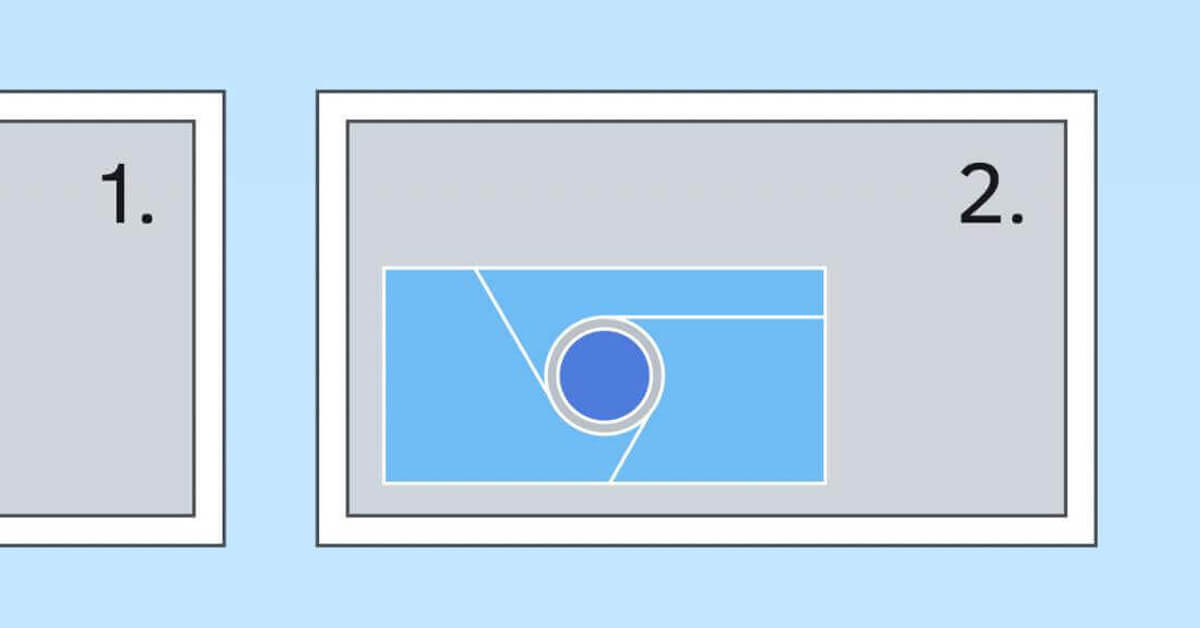Screen location can be tricky to get right. You got your free Yodeck account and bought our snazzy Raspberry-powered plug & play Yodeck player.
And you’ve just unboxed your brand-new screen. All you’ve got to do is mount it on that free wall space and you’re good to go, right? Not so fast.
You can’t just slap an LED screen up there and hope for the best. Because you can have the most awesome content known to man, but if your screen isn’t optimally located? It’s just going to end up collecting dust (and draining your wallet).

Find the perfect screen location and you’ll maximize the impact of your digital signage. Just remember these three rules of thumb:
1. Target Viewers Determine Screen Location
If I could, I’d turn this particular guideline into a flashing, super-sized digital signage video wall. Because it’s THAT important. Before you pick a screen location and install your displays, you’ve got to figure out who your target viewer is. And what content you want to offer them through your digital signage system. Especially since you can have different content targeting different viewers playing on different screens. (Sounds complicated, but Yodeck makes stuff like that super easy). Same thing applies if you only have a single screen to put up. Figure out your target viewer, have a general idea of the content you’ll create to grab their attention, AND THEN pick a screen location.

And it makes total sense if you think about it. You don’t want shift scheduling info and employee health and safety protocols running on a screen that’s customer-facing. Similarly, you don’t want flash sales for women’s apparel displayed in the men’s section. Or audio-heavy music department playlists and shows playing near campus libraries or in the halls of the physics wing. Place screens where target viewers will see content that interests them, and everyone (including your quarterly profits) will thank you for it.
2. Put Screens Where People Can See Them
Sounds self-explanatory, but screen location takes a little planning. Screens need to be right at or above eye level for people to be able to enjoy your content. Like the best retail experts say, “eye level is buy level.” Digital signage is no exception because content is king and people need to see it before being able to act on it. And don’t forget to monitor your potential screen location throughout the day for any glare from nearby windows. Check out your lighting system, too. Indoor lights can also cast a glare.

No one will crane their neck or shield their eyes just to get a glimpse of that awesome new playlist you put together featuring all your best products or services. No one.
3. Crowds + Boredom = Digital Signage’s BFF
You’ve found the perfect screen location to mount your display and it’s where your target viewers will see it. Great! But that’s not all. Make sure people passing by your digital signage screen have enough time to take in what you’re saying. If they’re not paying attention, you won’t get a jump in sales or an enrollment boost.
Of course, your digital signage screens have to be in a high-traffic area in your target viewers’ natural habitat. Busy hallways, waiting rooms, cafeterias and reception areas are an obvious (and profitable) choice. But these same people will have extra downtime to pay closer attention to your screen’s content while they’ve drifted off the beaten path too. Embrace their potential boredom and install those screens in less traditional areas. Consider elevator interiors (a captive audience, literally!), bathrooms (on stall doors if you can pull it off) and dressing rooms. Think outside the box, and you’ll reap the benefits.
So, what’s the deal?
It’s well worth spending some extra time to optimize screen location. The beauty of digital signage is that it brings customized content (and your branding power!) to people who need it. Don’t waste it by installing screens where no one will see ‘em.
